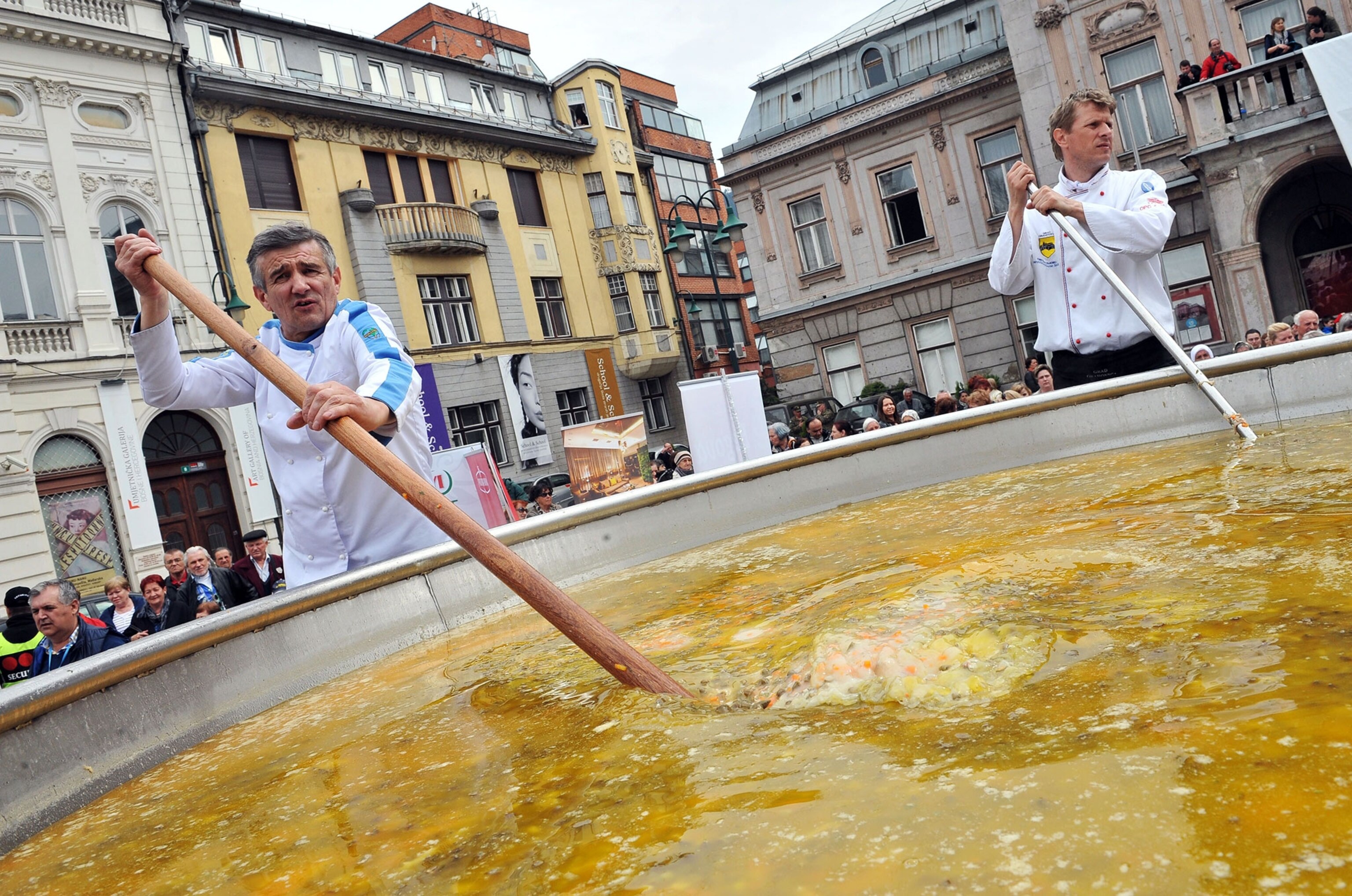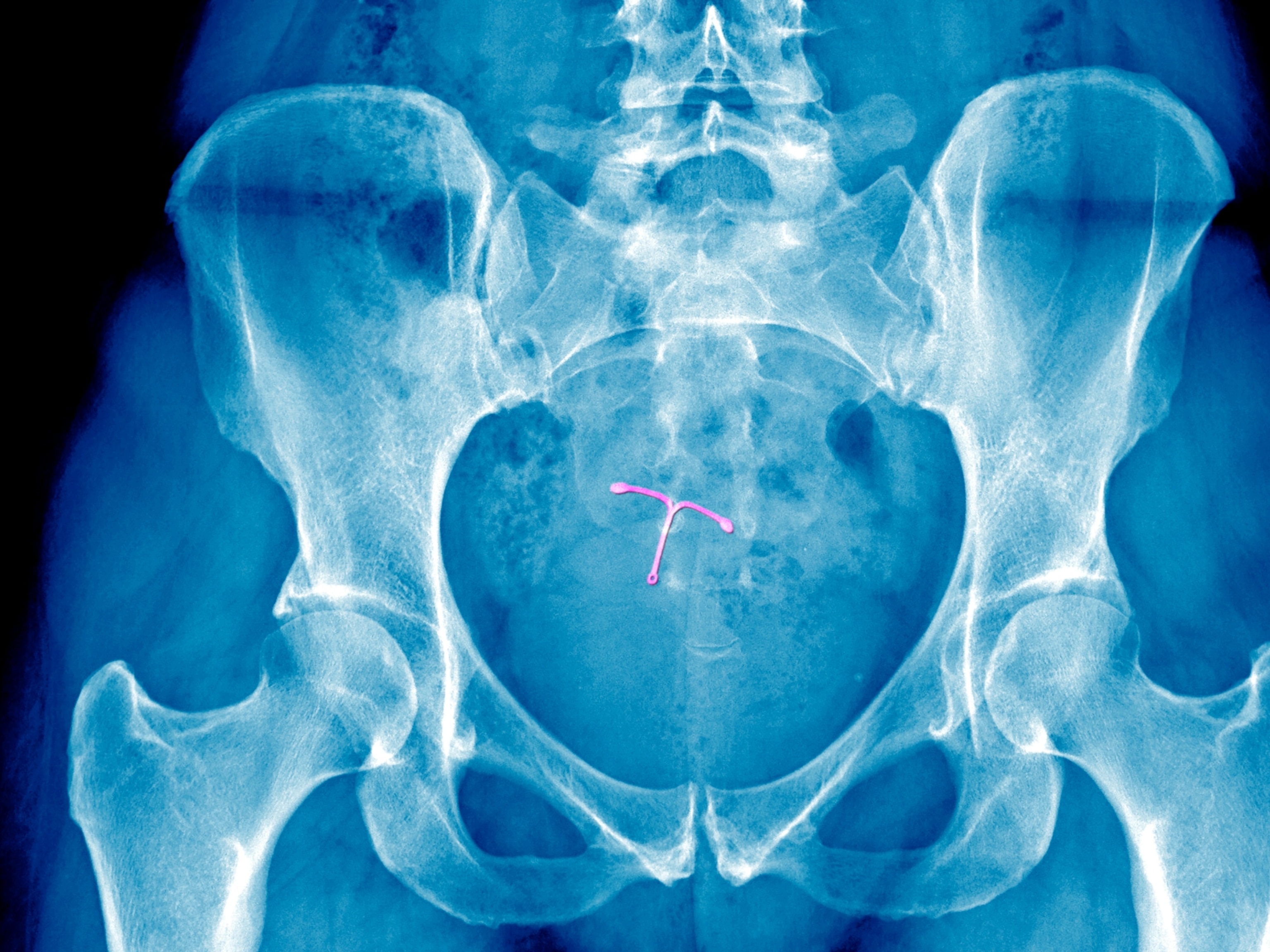
Take One Chicken Soup and Call Me in the Morning
Your mom was right. There’s a lot to be said for chicken soup.
One of the more miserable aspects of winter, along with snow shoveling, windshield scraping, treacherous highways, and wet mittens, is the common cold. Colds, despite their name, aren’t caused by running around in damp socks or trotting out to play without your jacket. The evil geniuses behind colds are viruses—over 200 of them, including the major culprits called rhinoviruses and coronaviruses. And we don’t pick these up from unseasonable weather, but from each other.
One reason for the flurry of colds in the winter months, scientists guess, is togetherness. That is, a lot of us spend more time cooped up indoors, in company with potentially infectious people. (Though there may be other contributing factors. See “You’ll Catch Your Death!” An Old Wives’ Tale?)
The bad news is that once you’re nabbed by a cold virus, you can’t do much about it. Most of us are all too familiar with the nasty symptoms of colds, a wretched conglomeration of aches, pains, sore throats, hacking coughs, and stuffy noses.
Over-the-counter cold remedies may temporarily alleviate some of the symptoms, but they’re not going to make your cold go away. When it comes to colds, you’re up a creek. Once a cold virus has you in its clutches, you’re stuck with it until your immune system finally pulls itself together and steps up to the plate. Which, if you’re unlucky, can take up to two miserable weeks.
Science, however, now offers hope, in the form of one of the oldest cold remedies on the books. Just like your mom always told you, you really will feel better with a bowl of chicken soup.

Chicken soup, as an all-purpose solution for what ails you, dates back at least to ancient Rome. Pliny the Elder, writing in the first century CE, touted it as a cure for dysentery. The 12th-century Egyptian Jewish physician Maimonides recommended it for asthma, leprosy, and respiratory tract infections. Sixteenth-century Italian botanist Ulisse Aldrovandi, who seems to have thought it good for everything, claimed that chicken soup’s healing power was best if made from the meat of an old rooster, chased until it dropped dead of exhaustion.
Luckily, modern cold victims don’t have to go that far.
The most widely cited of scientific pro-chicken-soup studies was published in 2000 in CHEST, the journal of the American College of Chest Physicians, by Stephen Rennard and colleagues at the University of Nebraska Medical Center. Rennard conducted in vitro experiments with his wife’s grandma’s chicken soup—a yummy-sounding mix of chicken, onions, sweet potatoes, parsnips, turnips, carrots, celery, and parsley. His results showed that chicken soup was an effective inhibitor of neutrophil migration.
Neutrophils are a class of white blood cells routinely called into play as part of the body’s normal response to infection. When alerted by the presence of disease, neutrophils migrate to the site of the problem and there, like so many miniature Pacmen, proceed to gobble up and digest invasive bacteria and unwanted particulate matter. Their wanna-be helpful activities result in inflammation, which, in the case of the common cold, lead to coughing, sneezing, the manufacture of mucus, and the clogging of upper respiratory systems with yucky gloop.
This biological blitz might not be so awful if you manage to fend off your neutrophils with chicken soup.
Chicken soup’s neutrophil-immobilizing, anti-inflammatory activity, researchers caution, doesn’t result in an out-and-out cure for the common cold. The best it can do, by mitigating the virus’s effects, is to make sufferers feel better. And frankly, right now, chicken soup is all science has to offer. Developing an effective vaccine against several hundred cold-creating viruses has left pharmaceutical firms, at least so far, stumped.
Chicken soup is a near-universal dish. According to Mimi Sheraton’s The Whole World Loves Chicken Soup, it pops up in various permutations in cultures around the globe, from China to Nigeria, New England, and Mexico. In Vermont, it forms the basis of corn chowder; in the Middle East, it’s made with lentils. Italians add white beans and prosciutto; Greeks, eggs and lemons; Mexicans, black beans and tortillas; the Vietnamese, pineapple; the West Africans, okra. And it looks like each and every one of these, if they don’t put you back on your feet, will at least will make you feel less miserable.
Just don’t go for chicken-flavored Ramen noodles. Those don’t work.
Listen to your mom. If you’ve got a cold, you need soup.
And it probably won’t hurt to wear a jacket.





